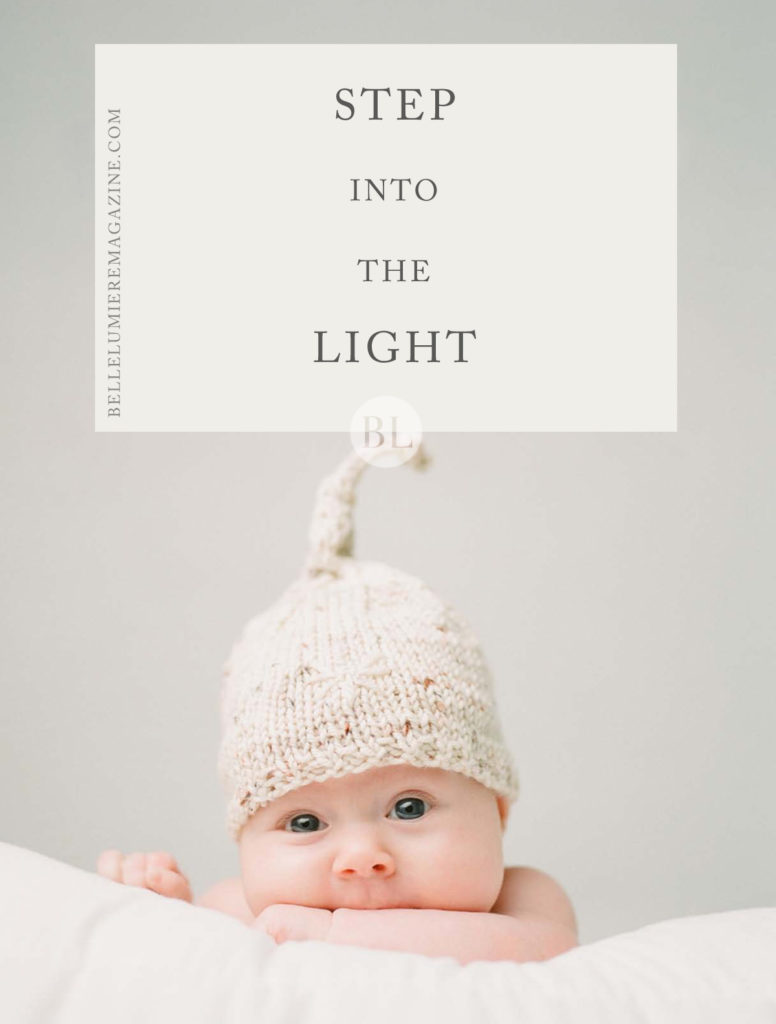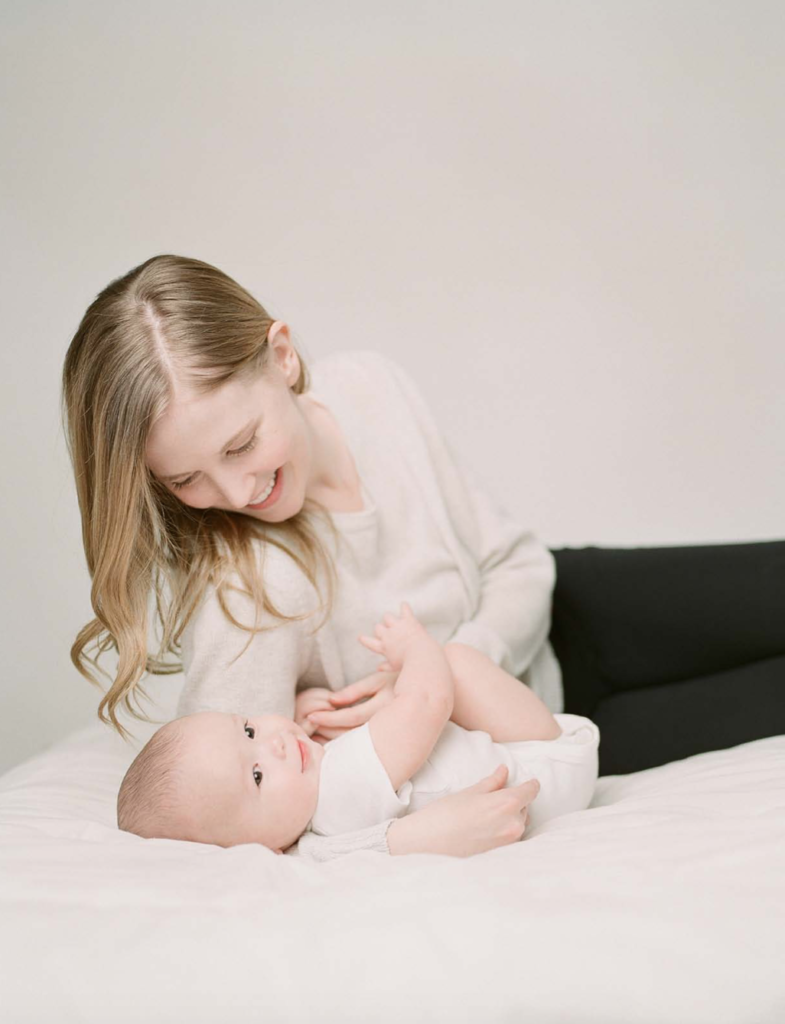VOTE DAILY FOR YOUR FAVORITE 2024 IMAGES!
learn more >>>
VOTING IS GOING ON NOW!
The
END OF THE YEAR AWARDS 2024
Step Into The Light
November 17, 2020

I’m one of those photographers who started out in film, moved to digital when digital came along and then made the choice to come back to film. One would think that because I had started in film photography, making the switch back to it would have been a smooth transition, but it wasn’t. I had become accustomed to the ease of digital photography, especially how well digital cameras handle low light situations.
You see, I’d always been a natural light photographer. In fact, I prided myself on how well I could see, manipulate and capture it. natural light is beautiful. I understood it. And I really had no interest in ever using studio lighting. That all changed when I decided to come back to film.
Film loves light. And the reality is, natural light isn’t always avail- able. Especially in Seattle, which is where I live and work. I knew that if I was going to commit to being a film photographer 100%, I was going to have to learn how to use studio lighting. So I did. And it changed everything.
Since then I’ve become somewhat of an studio lighting evangelist. I shoot with it about 99% of the time. I teach it. I sing its praises every chance I get! I’m obsessed. But getting to this point was a journey. I had to overcome some misconceptions I had around studio lighting. So, if you are in that same place, let me walk you through what I used to believe and what I know now.
Misconception #1: Studio Lighting Is Complicated And Hard
I am a self taught photographer. I’ve never been to art school. I’ve never been formally trained. And to me,studio lighting seemed like something one learns in school. I thought it was technical and hard, and I’ve never been a technical shooter.
Now I know that studio lighting is not super technical and hard. In fact, it’s really, really easy.
Here is the truth. Light is Light.
If you can work with the sun shining through a window, you can work with a bulb shining through a softbox! The same rules apply.
So don’t let it intimidate you. A strobe and a softbox is really just a portable window. And who doesn’t want a portable window?!
Misconception #2: You Can’t Be Spontaneous When Using Studio Lights
This was my biggest worry and it kept me from using lights for years. you see, I work with kids. And kids run and jump and move. A lot. I wanted to be able to capture that spontaneity and was afraid that using studio lighting would limit me.
now I know that just because your are using strobes doesn’t mean your subjects have to sit perfectly still. I still let kids run around my studio and jump on the bed! And in fact, using strobes makes photographing them easier because the flash freezes movement. So now I can capture a kid in mid jump and not get motion blur!
But,just so you know…if you want a little motion blur,you can do that too!
The point is, you get to choose how you want to use the light. not the weather! And that is incredibly liberating!!

Misconception #3: Lighting Looks Fake, Not Soft And Natural.
This is the biggest studio lighting myth around. lighting, when done right, can look as soft and beautiful as natural light. Really.
This is how I do it. I turn the power on my lights down until I get a reading of F4 or 2.8 in the shadows. low power and wide apertures help me create that soft natural light look that I love. In fact, I often have clients who say they hired me because they love the clean, natural light look of my photos! And that “natural light look” is all created with strobes!
One thing you need to know if you are ready to give studio lighting a try is your camera’s sync speed. The sync speed is the fastest shutter speed recommend for your camera when working with a flash of any kind! If you’re not sure what your camera’s sync speed is, look for it’s manual online. If you can’t find it, then know that 1/60 is a pretty safe bet for most film cameras.
Also know that incorporating strobes and flash into your film work will free you up!
No more stressing about the weather.
No more Hybrid shoot.
No more bad light.
Ever.
What could be better than that?
Want to know more about shooting film with strobes, check out Sandra’s blog at sandracoaneducation.com